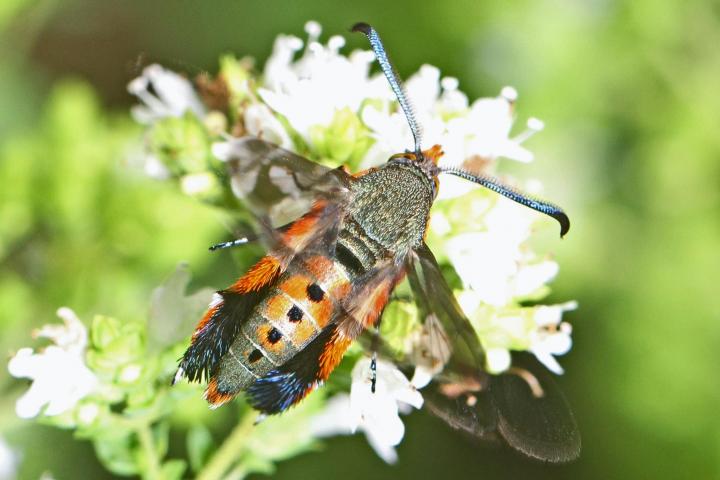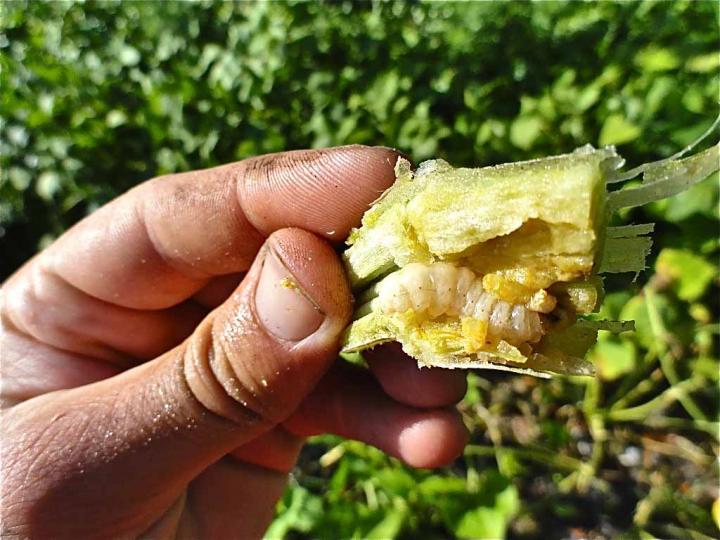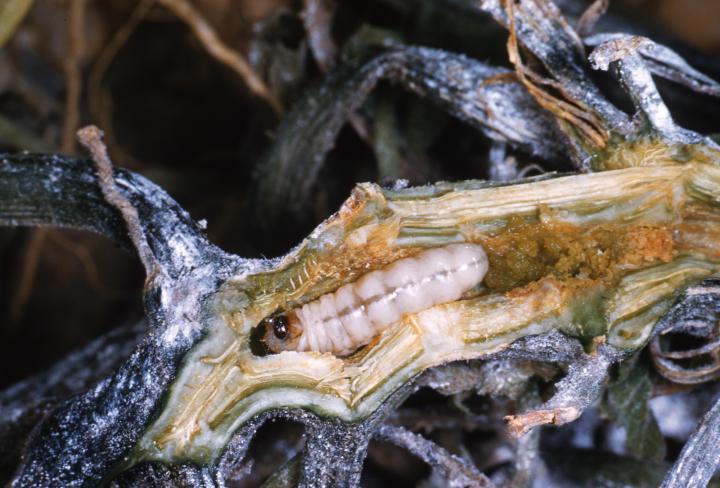
Become a better gardener! Discover our new Almanac Garden Planner features for 2024. It’s easy, fun, and free to try!
Identifying the Squash Vine Borer and Squash Vine Borer Damage
ADVERTISEMENT
Great article, Catherine. Perfectly sums up my journey (and my neighbors) with these particularly destructive moths and worms. I had a feeling I should have invested in traps, but, this article didn't catch my eyes soon enough. Better luck on the next batch.
For vine borers, you can also use pheromone traps
Please don't recommend Sevin, it kills bees
Can you try to heat up the soil in the beginning of the season by putting a black tarp over it to kill the larve? I haven't found anything that works and even with virgin soil, i'm having issues.
I used grub away and garden army nematodes last fall. So far so good, but it is only June 2. https://www.gardensalive.com/category/insects
I had squash vine borers on my pumpkin plants one year. They were growing in a raised bed garden, too high off the ground to cover the slits in the vines. So, I slit the vines, dug out and killed the worm, and duct taped the slits shut. It worked. Got 2 40-50 pound pumpkins out of the patch.
Wow, good to know.
Check out this You Tube. Humble Servant Homestead. “Going to war with the vine borer.” I’m going to try his method. It looks like it really works!
Help w/ borer’s
Would be beneficial nematodes work at removing these nasty Critters from soil?














